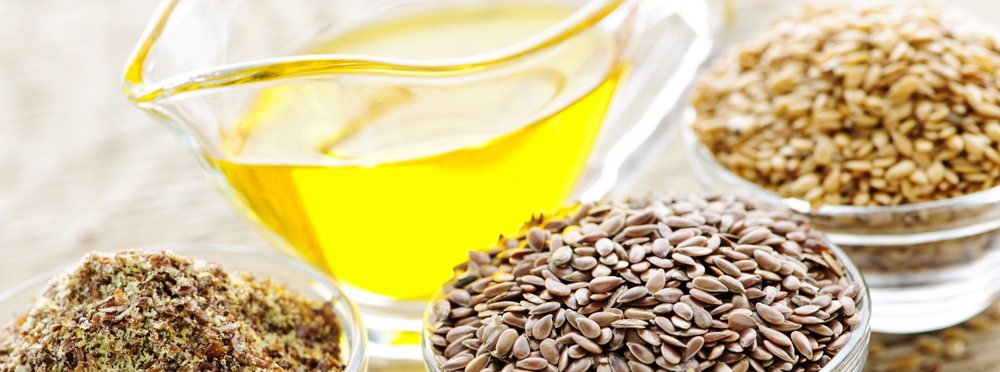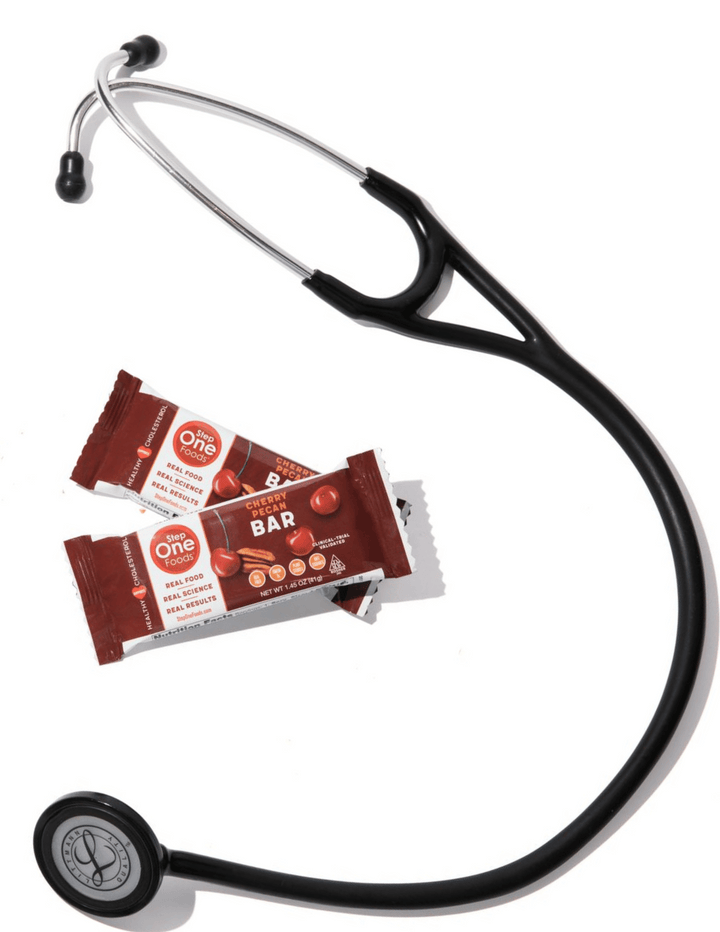Seed Oils: Separating Fact from Fiction, Part 2

In Part 1, I went over what seed oils are (and aren’t) and delved into their nutritional properties. I also highlighted that their ubiquity in our food supply has resulted in disproportionate levels of omega 6 fatty acids in our diets. In this installment I will explore the common concerns people raise regarding seed oils and how worried you should really be.
1. "Seed oils are inflammatory!"
The ALA (omega 3 alpha linolenic acid) and LA (omega 6 linoleic acid) polyunsaturated fatty acids (PUFAs) that are present in seed oils don’t just stay ALA and LA after ingestion.
Some ALA is converted into other omega 3 fatty acids, specifically EPA and DHA. These omega-3 fatty acids help lower triglycerides, raise HDL, and support overall heart function. Omega-3s also possess anti-inflammatory and mild blood thinning properties - which help reduce the risk of acute cardiovascular events (like heart attacks and strokes).
But, if you recall from Part 1, most of the PUFAs in seed oils are LA, not ALA.
In the body, LA is converted into other omega 6 compounds, including arachidonic acid. Arachidonic acid is central to the inflammatory response, stimulating white blood cell production and prompting release of various inflammatory mediators. The conversion of LA to arachidonic acid is perhaps the biggest concern that seed oil critics raise.
But only 0.2% of LA is converted to arachidonic acid and not all inflammation is bad. As it turns out, many of the metabolites derived from arachidonic acid do not initiate inflammation. Rather they represent a response to an inflammatory stimulus and lead to the generation of mediators responsible for resolving inflammation - and for wound healing. Other arachidonic acid metabolites are specifically protective against parasitic infections and allergic reactions.
Plus, arachidonic acid has many other roles beyond being a part of the inflammation cascade. It’s an integral part of all cell membranes, helping them be more fluid and flexible - critical for optimal cellular function. It comprises 20% of brain fatty acid content and is known to be essential for early neurologic development. It also promotes muscular growth and repair throughout our lives.
All to say that arachidonic acid is not necessarily the enemy when it comes to heart and general health. Which is perhaps why tissue levels of arachidonic acid have not been shown to be related to the risk of cardiovascular events.
2. "Seed oils cause LDL oxidation!"
PUFAs are susceptible to oxidation. And when oils are oxidized, they go rancid. Consuming rancid oils is not a good idea. Having rancid fatty acids circulating in our blood streams is not a positive either. As it turns out, LA is the most abundant fatty acid in the core of LDL cholesterol particles and higher oxidized LDL levels can be seen in the setting of high LA intake. So concern about higher LDL oxidation propensity with higher seed oil intake makes sense.
However, lots of countervailing data exist. For example, studies have shown that replacing 5% of dietary energy from saturated fatty acids with an isocaloric amount of omega-6 fatty acids leads to a mean LDL reduction of 15 mg/dL. Which seems like a clear benefit.
And perhaps why, in analysis after analysis, higher circulating and tissue levels of LA (which are reflective of long term higher omega 6 consumption) have been associated with LOWER cardiovascular disease risk and lower mortality risk overall.
Clearly, the relationship between omega 6 fatty acids, cholesterol characteristics and heart disease risk is complex - and not yet completely understood. And why focusing on only ONE effect of a nutrient compound that exerts a multitude of effects can lead us to the wrong conclusion.
3. "Seed oils are chemically treated with hexane!"
There are many ways to extract the oil out of a seed, and not all of them involve chemical processing. Seed oils can be mechanically extracted by simply cold pressing or expeller pressing the seeds. This is generally the way flax, peanut and sesame oils are produced. However, seed oils may in part or in whole also be extracted through a chemical process - using liquid solvents such as hexane that are then evaporated off. This latter extraction technique is more likely to be utilized during canola, corn, soybean, grapeseed, cottonseed, sunflower, safflower, and rice bran oil production. Given the potential of residual hexane in the finished product, these 8 seed oils have, understandably, come under intense attack.
However, the concern regarding residual hexane needs to be placed in context. According to Harvard’s School of Public Health, the amount of residual hexane in seed oils is miniscule (0.8 parts per million). For comparison, OSHA’s daily worksite exposure limit for hexane is 500 ppm per shift. Additionally, it is estimated that the level of exposure related to hexane ingestion from ALL food sources combined (not just seed oils) accounts for less than 2% of our total daily exposure from all hexane sources (largest exposure coming from gasoline fumes).
Although chemical exposure of any type is not ideal, zero-level hexane exposure is probably impossible in our environment. Which begs the question: Given the very low absolute and relative amounts that we’re talking about, is the level of hexane exposure from seed oils truly concerning? The experts at Harvard would say: “No”.
4. "Seed oils are all the same and all just as bad!"
Not all seed oils are created equal. For example:
-
Canola oil is low in saturated fat and contains a good ratio of omega-6 to omega-3 fatty acids (2:1). It’s one of the better choices for high-heat cooking.
-
Flaxseed oil is particularly high in omega-3s, with a 1:4 ratio of omega-6 to omega-3, making it especially anti-inflammatory and beneficial for heart health.
-
Sunflower oil is high in vitamin E, a powerful antioxidant.
The one thing that is constant among seed oils - and olive, avocado and nut oils - as well as saturated fats such as beef tallow and butter, is the calorie content. At 9 calories per gram, all fat sources represent highly concentrated sources of energy (more than twice as concentrated as carbs or protein). Which means that even modest excess consumption (of seed oils or any fats for that matter) can lead to significant weight gain over time.
Bottom line on seed oil common concerns:
Concerns regarding the health effects of seed oils are largely overblown. In fact, if anything, increased consumption is associated with lower rates of heart disease and death. That does not mean there are no downsides. We will cover that in Part 3 of this series.

Tested & Proven Results.
- Cardiologist formulated
- Supported by over 500 publications
- Clinically-proven, in a double-blind randomized trial with Mayo Clinic and The University of Manitoba
80% of participants lowered their cholesterol in just 30 days. With just two servings per day, Step One Foods offers a proven-effective way to naturally lower LDL (bad) cholesterol.
Get heart health tips and articles like this, delivered right to your email.
New articles every week.
You may also like...

Spring Into Heart Health: The Best Seasonal Foods to Eat Now

You don’t need to avoid foods with cholesterol…except for these



